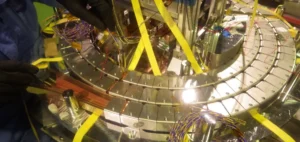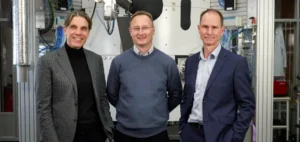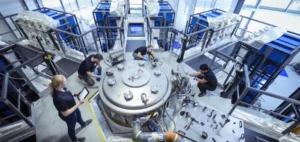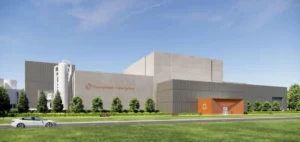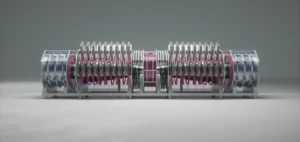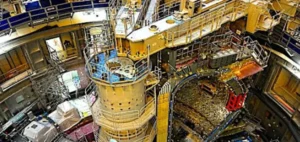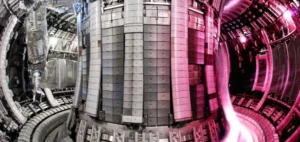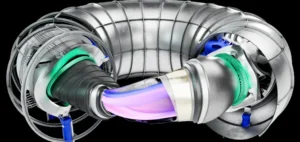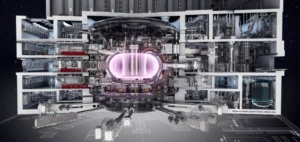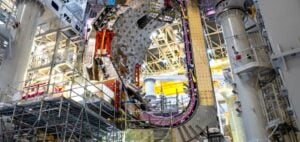Japan has launched the engineering phase of the FAST project, a technological demonstrator of an integrated fusion power plant, led by Starlight Engine and Kyoto Fusioneering. The programme aims to demonstrate experimental power production by the late 2030s. Designed as a system-level plant rather than a scientific reactor, FAST seeks to validate the entire D-T (deuterium-tritium) energy cycle, including energy production, fuel reprocessing, and tritium recycling.
A national consortium structured around state and industry
FAST brings together major Japanese conglomerates from the energy, construction, and finance sectors. Companies such as Mitsui & Co., Mitsubishi Corporation, Marubeni, J-Power, Kajima, Hitachi, and Sumitomo Mitsui Banking Corporation provide strategic support to the project. Their involvement reflects a close alignment between public priorities and industrial strategy, under a financing model structured through a dedicated project company.
The project is explicitly included in Japan’s Fusion Energy Innovation Strategy, positioning FAST as a national demonstrator. This institutional role aims to anticipate the emergence of an international fusion market and equip Japan with a technological showcase, similar to the UK’s STEP or China’s CFETR projects.
Critical technologies and reinforced export control regimes
FAST uses components subject to high regulatory scrutiny, including high-temperature superconducting (HTS) magnets, liquid tritium-producing blankets, and closed-loop fuel cycle systems. These fall under Japan’s Foreign Exchange and Foreign Trade Act (FEFTA), which imposes export restrictions on all dual-use technology transfers.
Legal aspects of the project are being closely monitored, particularly regarding extraterritorial regimes such as the US International Traffic in Arms Regulations (ITAR) or EU controls on advanced nuclear equipment. FAST must demonstrate compliance across its entire technological and partnership chain.
A financial model designed for plant replication
FAST’s financial structure relies on a mix of private capital and public support, aimed at creating a replicable model for future commercial fusion plants. Sumitomo Mitsui Banking Corporation is developing a tailored methodology for assessing technological risk and forecasting long-term revenue streams.
Kyoto Fusioneering, the project’s technical lead, supplies critical systems for energy conversion, fuel management, and liquid blankets. Its test platforms, including UNITY and UNITY-2, are used to validate equipment in conditions close to commercial operation. This approach reduces technical uncertainty before construction of the demonstrator.
Sectoral impact on value chains and industrial priorities
FAST is gradually redirecting the research and development focus of Japanese industrial players towards fusion-compatible components. Affected sectors include superconducting cables, cryogenics, high-temperature turbines, and tritium fuel cycle equipment. These could create new demand, initially domestic, and eventually export-oriented.
The industrial campus model being tested at the FAST site by Kajima and Mitsui Fudosan also introduces a new approach to the urban integration of next-generation nuclear plants, aligned with safety and social acceptability imperatives. This concept may influence the design of future fusion sites in Japan and abroad.
A geopolitical positioning tool for Tokyo
Through its early integration of critical components and its capacity to mobilise a complete industrial ecosystem, Japan aims to strengthen its voice in international forums on fusion development. The FAST project could become a reference in shaping safety and tritium logistics standards, which are currently underdeveloped internationally.
Partnerships with UK and North American actors on strategic technologies—especially HTS magnets—support this strategy. FAST allows Japan to build a technically and regulatorily autonomous base, while maintaining connections to major international development hubs.



